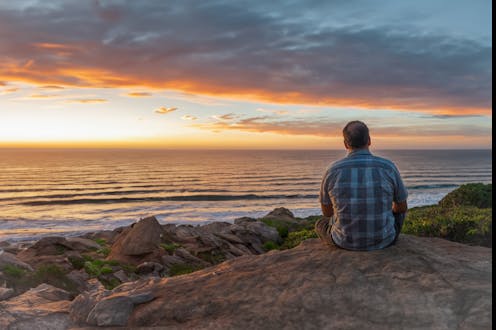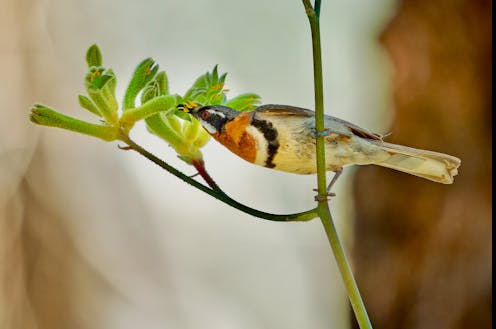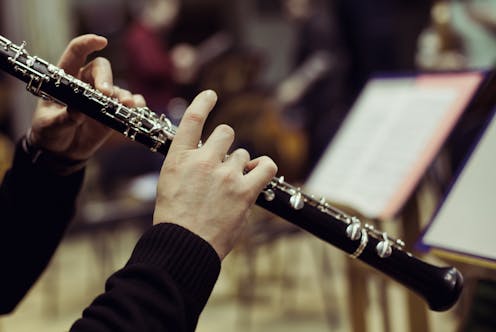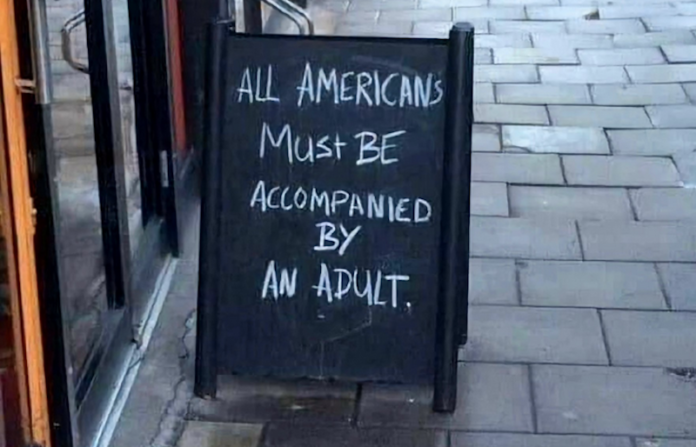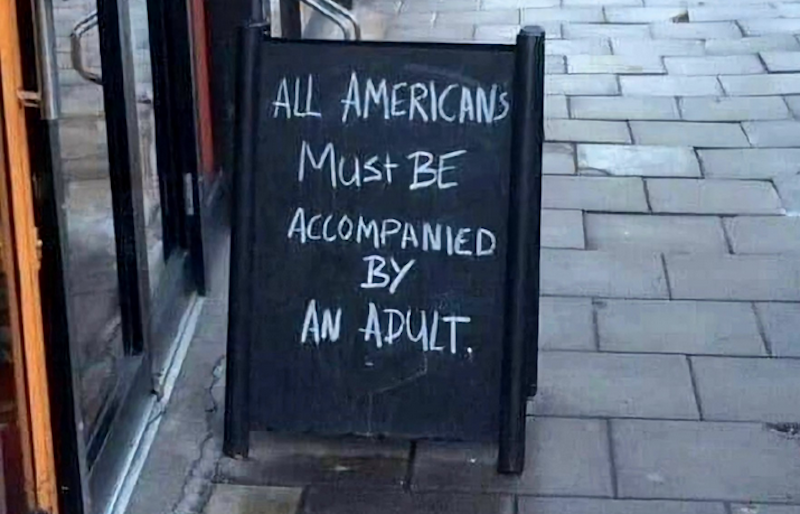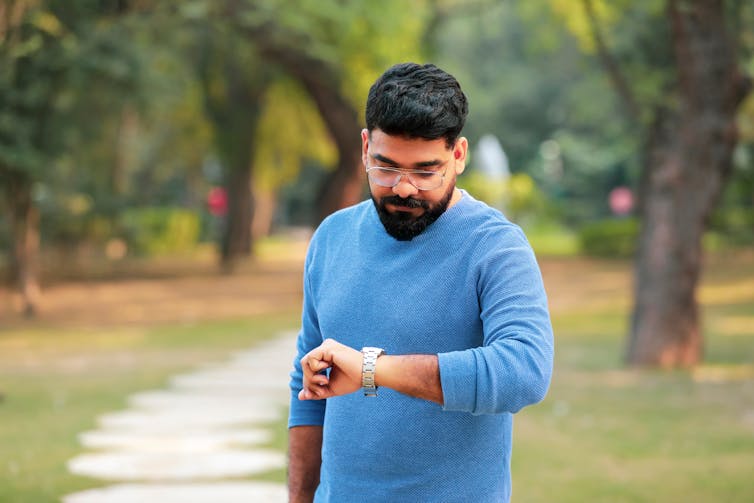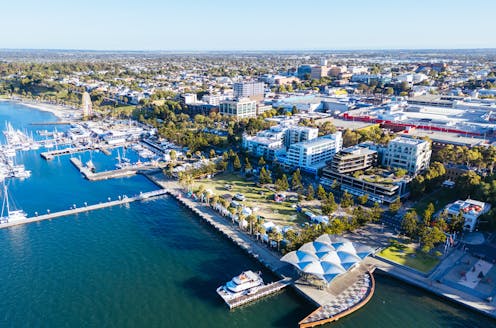Source: The Conversation (Au and NZ) – By Brett Biles, Pro Vice-Chancellor Indigenous Engagement and Research; Senior Scientia Lecturer, UNSW Sydney
Despite decades of policy interventions, the health of Aboriginal and Torres Strait Islander peoples is declining against defined targets. And yet, health and wellbeing continue to be measured against deficit-focused “gaps” between Aboriginal and non-Aboriginal Australians in health research and policy.
Our new research, published in The Lancet challenges these approaches with Aboriginal cultural ways of knowing, being and doing. We do so by exploring the impact of “cultural camps” on Aboriginal people’s health and wellbeing.
Our study shows that when Aboriginal people are facilitated by cultural knowledge holders to practise culture on Country, they feel a positive impact.
Framing Aboriginal health and wellbeing in terms of ‘gaps’
The “gap” in health outcomes is often expressed in life expectancy. Aboriginal women’s and men’s lives are 8.1 and 8.8 years shorter than those of non-Aboriginal women and men.
When it comes to social and emotional wellbeing, suicide is the primary way disparity is measured nationally. Suicide rates are highest among Aboriginal men, at 2.6 times that of non-Aboriginal men. For Aboriginal women, the suicide rate is 2.5 times that of non-Aboriginal women.
Assessing individual health outcomes against non-Aboriginal counterparts inadvertently positions Aboriginal people as deficient. These figures also neglect Aboriginal ways of understanding health.
In Aboriginal knowledges, the health of people, family, Mob, culture and Country are symbiotic, and involve spiritual, emotional and physical dimensions. While comparative epidemiology remains a useful tool in addressing health inequity, it is not the only way.
From deficit to cultural strength
Aboriginal peoples have sustained their cultural practices for more than 60,000 years. However, dominant Western models of living, shaped by ongoing colonisation and dispossession, influence health care in Australia.
Mainstream health systems do not sufficiently recognise cultural ways of being and thinking about health. For example, a recent study found traditional cultural healing programs are not supported by health systems in Australia as they are in Aotearoa New Zealand.
Another review of research highlighted the “untapped potential” of connection to Country as a way to improve social and emotional wellbeing.
What is ‘cultural health’?
Cultural health considers how the interdependent and equally important elements of Country, people and culture act to protect and enhance health and wellbeing.
This concept also helps us see that if Country is not cared for, or culture is not practised and maintained, there is a negative impact on people’s health and wellbeing.
This way of understanding health and wellbeing is shared by Indigenous peoples across the world.
Camps on sacred Country
Our team, the Gaawaadhi Gadudha Research Collaborative, undertook a novel study of Aboriginal “cultural camps”.
Gaawaadhi Gadudha translates to “from freshwater to saltwater” and represents the collaboration between Yuwaalaraay, Gamilaraay (freshwater) and Yuin-Djirringanj (saltwater) cultural knowledge holders, and Aboriginal and non-Aboriginal researchers.
We held cultural camps in three different locations across the Yuwaalaraay, Gamilaraay (Northwestern New South Wales) and Yuin (Far South Coast NSW) Nations. These camps provided a unique platform to study cultural health in place.
The camps were facilitated by cultural knowledge holders of Country in these Nations. They were held in cultural landscapes minimally impacted by colonisation and urbanisation.
Camps took participants to sacred teaching sites, used language and invited people to do cultural practices, such as ceremonial dance, weaving, tools and weapon making, and identifying foods and medicines.
Participants say camps improve their health and wellbeing
Our evidence shows that participation in cultural camps had an overwhelmingly positive impact on indicators of cultural health. These included an increase in how people rated their:
- sense of connection to Country, other people (Mob) and Ancestors
- pride in Aboriginal identity
- knowledge of cultural stories, foods and medicines.
Camps also provided a platform for language renewal.
Almost all participants (97.5%) reported a sense of healing as a result of camp attendance. In yarning circles, participants described the camps as helping to relieve stress, overcome trauma and catalyse intergenerational healing.
Sensory experiences – the ability to see, touch and smell Country – were driving factors of better health and wellbeing. Alongside this was the ability to share language and cultural knowledge and do cultural practices with others.
What it takes to build cultural health
This research shows the potential of cultural camps as a model for health and wellbeing initiatives among Aboriginal peoples. Yet, challenges remain in maintaining camp delivery.
In NSW, access to Country and traditional cultural camp sites is often mitigated by government bureaucracy or locked up in private property. This highlights the importance of land rights to improving Aboriginal health and wellbeing.
Funding and resourcing of cultural camps also remains a challenge.
We need better resourcing for new and existing cultural health initiatives, as well as further research that explores the largely untapped potential and long-term impacts of cultural engagement on health and wellbeing.
Brett Biles receives funding from the Australian Government’s Medical Research Future Fund.
Aryati Yashadhana receives funding from the Australian Government’s Medical Research Future Fund.
Michelle Jean O’Leary receives funding from the Australian Government’s Medical Research Future Fund.
Nina Serova receives funding from the Australian Government’s Medical Research Future Fund.
Ted Field receives funding from the Australian Government’s Medical Research Future Fund.
Warren Foster receives funding from the Australian Government’s Medical Research Future Fund.
– ref. Practising culture on Country can improve Aboriginal people’s health and wellbeing – https://theconversation.com/practising-culture-on-country-can-improve-aboriginal-peoples-health-and-wellbeing-241564





